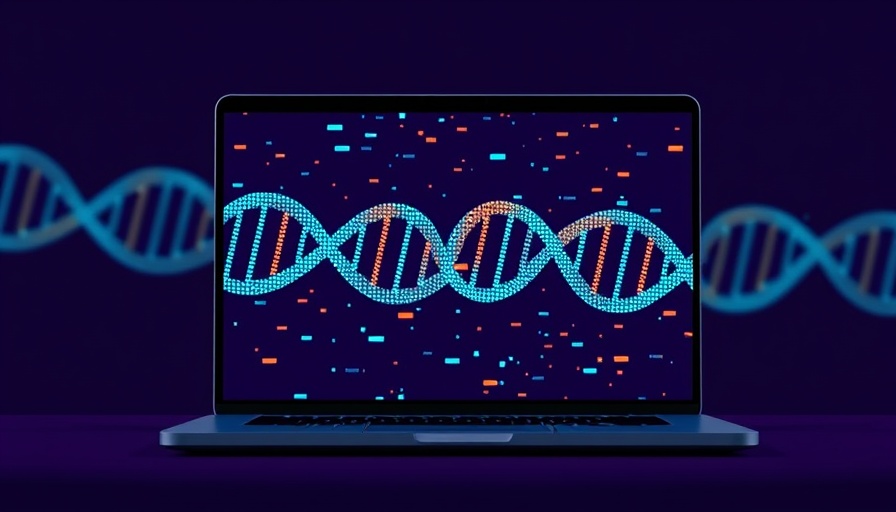
How AI Agents are Transforming Workplaces
The realm of artificial intelligence is evolving at breakneck speed, and its integration into daily life is becoming more prominent by the day. The recent showcase of digital assistants at Google's I/O 2025 event indicates a significant leap forward in AI capabilities. Imagine an assistant that not only responds to queries but also actively engages in tasks like bicycle repairs by accessing user manuals, finding tutorial videos, and even contacting local stores for parts. This new wave of AI agents promises to enhance productivity by acting as digital coworkers, taking over mundane tasks from flight bookings to expense filing. However, it's imperative to be cautious and not let the excitement outpace the reality of what these technologies can deliver. Overhyping AI agents could lead to a backlash once they don't fulfill inflated expectations.
Google's Energy Strategy: A Response to Growing Demand
In a parallel narrative, Google is tackling its expanding electricity needs with groundbreaking initiatives in clean energy. Recently, the company entered into a contract with a fusion technology company for future electricity supply. Coupled with a stark revelation from its latest environmental report showing a doubling in data center energy use since 2020, this move underscores the urgency for tech giants like Google to secure sustainable power amidst a rapidly growing demand for energy, especially as AI technologies proliferate. While it's still unclear how much of this energy consumption is directly tied to AI operations, the intertwining of AI advancements and energy requirements highlights the pressing need for innovative solutions to meet these challenges and minimize emissions.
Decoding the Future: Insights and Innovations
The implications of these technological advancements call for deeper analyses and industry insights. As AI continues to disrupt traditional structures, professionals across various sectors—including healthcare, finance, and sustainability—must stay attuned to emerging technologies and disruptions driving their fields forward. Investing in energy innovations and understanding their intersection with AI is vital for business leaders looking to not only adapt but thrive in this rapidly changing landscape.
The Role of Meta's Climate Tool in the AI Discussion
Our technology landscape isn’t without its missteps. Recent criticism of Meta's climate tool, which alleged inaccuracies in its data use, serves as a reminder of the importance of sound data in tool development. Professionals in technology must learn from such instances, ensuring that their projects are rooted in reliable evidence to inspire trust and confidence in new solutions.
Engaging with the Future of Technology
As we stand on the brink of exciting technological transformations, professionals are encouraged to engage with these emerging trends actively. Understanding disruptions within the tech industry not only equips individuals with necessary knowledge but also empowers them to leverage these innovations in their business strategies. Whether exploring case studies on successful tech implementations or evaluating energy solutions, the proactive insights derived from current trends foster informed decision-making.
 Add Row
Add Row  Add
Add 




Write A Comment